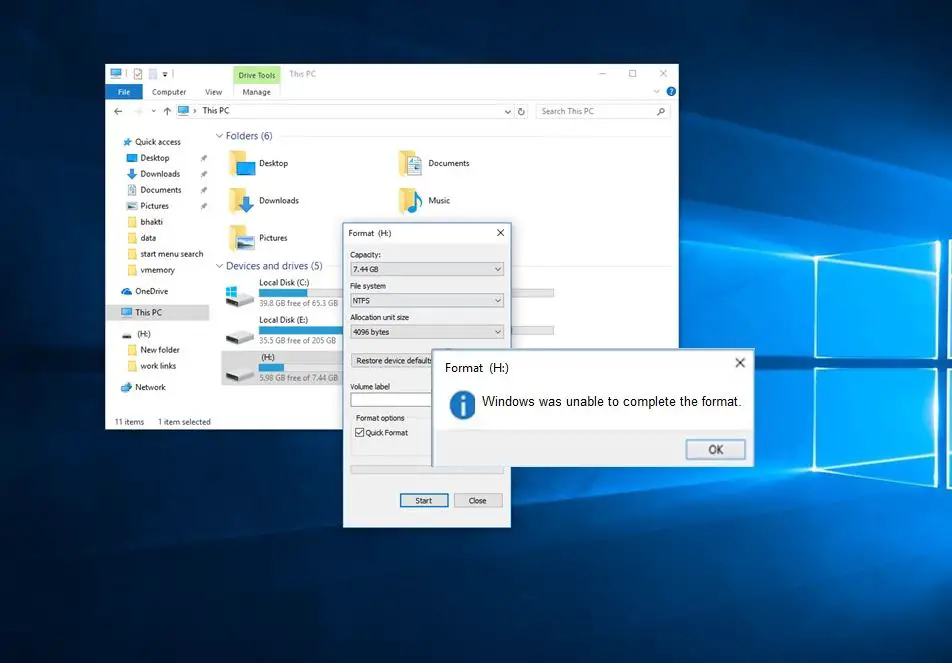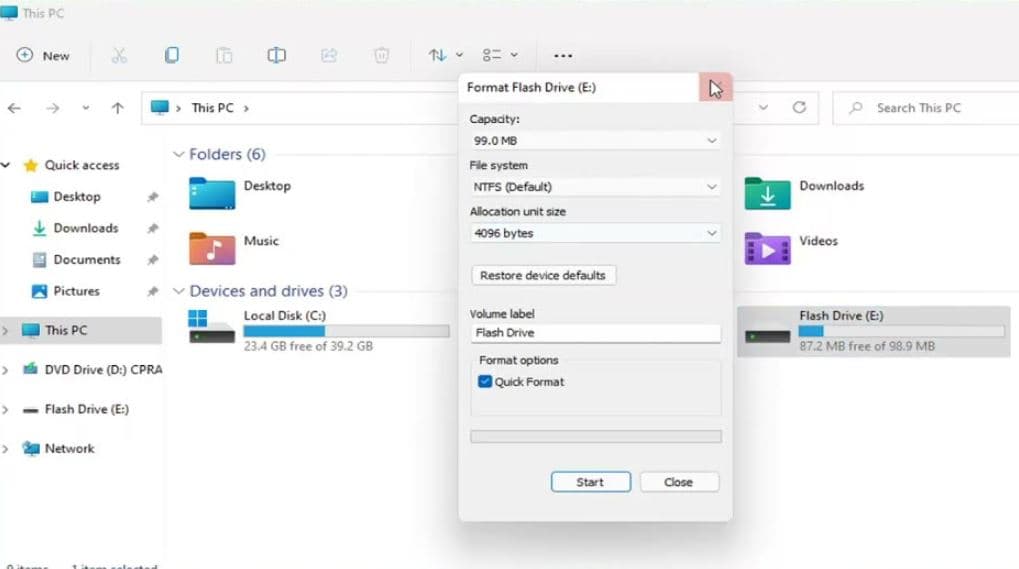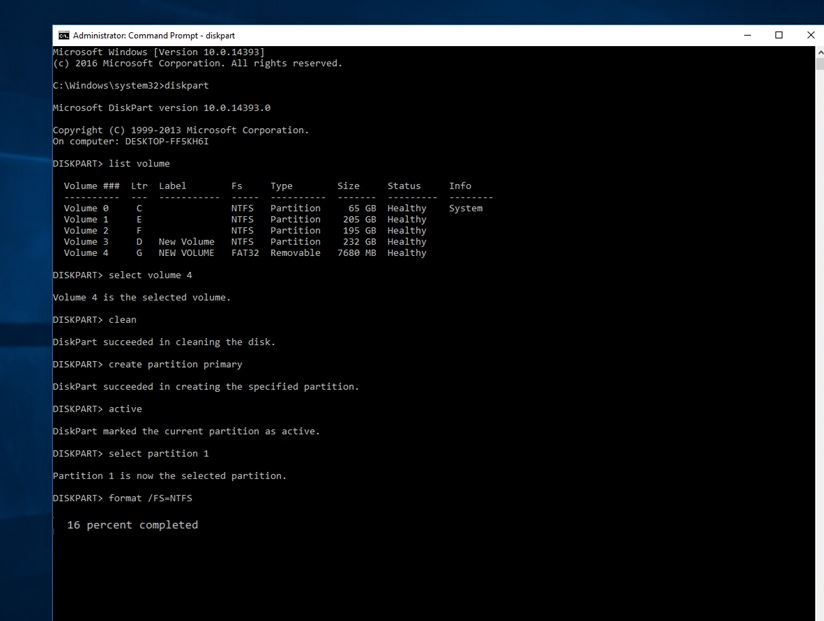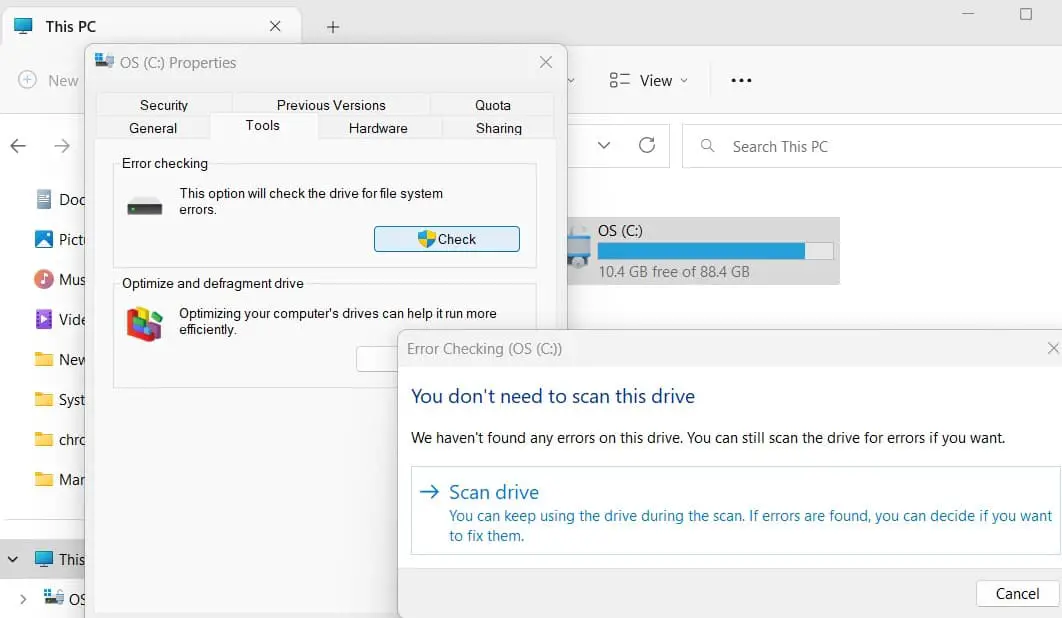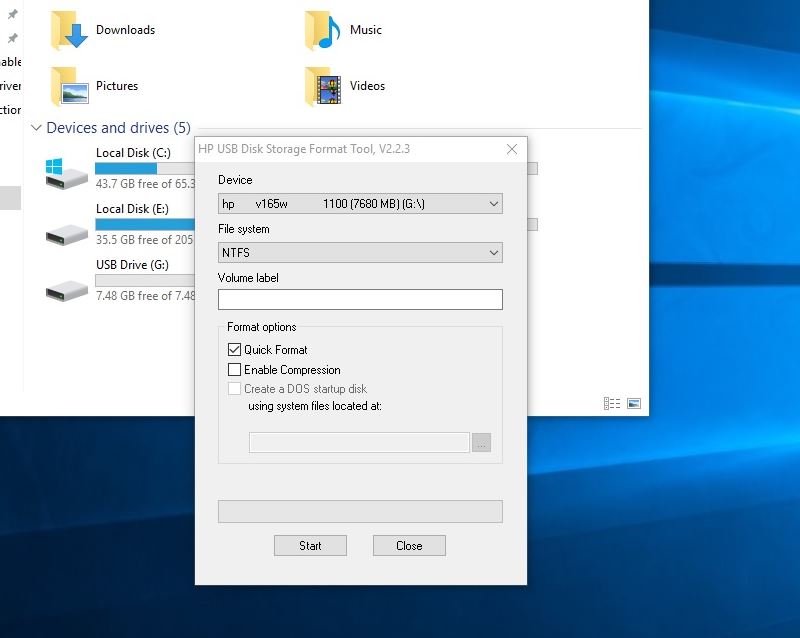Getting “Windows Was Unable to Complete the Format” error when attempting to format a disk drive or external storage device on a Windows system. This error indicates that the operating system is unable to complete the requested formatting operation. Several reasons could contribute to this issue Write Protection, File System Issues, Bad Sectors or the device is corrupted or damaged, which means it cannot be recognized or accessed by Windows. If you see this error “Windows Was Unable to Complete the Format” with USB flash drive, SD card, or similar, here is what to do when Windows can’t format a drive.
Windows Was Unable to Complete the Format
There are several reasons why you See a “Windows was unable to complete the format” error on your USB flash drive or SD card.
- The device is write-protected, which means it cannot be modified or erased.
- The device is corrupted or damaged, which means it cannot be recognized or accessed by Windows.
- The device has bad sectors, which means some parts of it are physically damaged and cannot store data.
- The device is incompatible with the file system or partition style that you are trying to format it with.
How to Format a Drive in Windows
Formatting a drive in Windows is a relatively straightforward process. But make a note, Formatting a drive erases all data on it Ensure you have a backup of important data before proceeding.
- Press Win + E on your keyboard or click on the File Explorer icon in the taskbar.
- locate the drive you want to format. Be careful to select the correct drive to avoid accidental data loss.
- Right-click on the drive you want to format, From the context menu, choose the “Format” option.
Here, you can choose the File System (NTFS is generally recommended for Windows) and the Allocation Unit Size. You can usually leave the Allocation Unit Size at the default setting.
If you’re in a hurry, you can check the “Quick Format” option. This will speed up the formatting process, but it won’t check for bad sectors on the disk.
Check for Write Protection
Some devices have a physical switch that can enable or disable write protection. If your device has one, make sure it is in the unlocked position. If your device does not have a switch, you can use a command prompt to remove the write protection.
Format The Drive Using Disk Management
Windows Disk Management Tool Allows managing partitions and disks for computers. With Disk Management Tool, you can create a new volume, extend or shrink partition, change drive letter, delete or format partition, etc. Also, Damaged flash drives / USB drives can be formatted within Disk Management.
Disk Management is another tool that can help you format your device.
- Press Windows key + X and select disk management,
- This will display all attached Storage Devices (including USB drives) to your computer.
- In the center, section find your problematic Device (you should be able to recognize it by its size) and the fact Windows recognizes it as Unallocated space.
- Right-click the flash drive and select the “Format” option, and select file system format to perform a quick format.
If Drive Shows Unallocated Space
On Computer Management, If the problematic drive Displays with unallocated space, Then Right-click on It and select New Simple Volume. The New Simple Volume Wizard will start Here, select format this volume with the following settings, set the file system type to NTFS, tick mark on Perform a quick format Click next, and finish the process. you will see that your drive has been formatted and is now correctly recognized by Windows.
Format The Drive Using the Command Prompt
If both of the methods not working for you, then don’t worry. With Windows command prompt utility, you can easily format any drive with type flew commands. This is the best and most effective way to format your USB drive without any Errors. For this, you need to Open the Elevated command prompt.
On the Start menu, search Type CMD Right-click on Command prompt from Search Results and select Run As Administrator.
Now on the Command prompt window, Type command diskpart and press the Enter key.
Next, Type the command list volume and press the enter key. Then you can see the partition and disk list of the current computer. All drives are listed with numbers check the USB Drive for me its Disk 4 is the flash drive.
Type Command: select volume 4 (your volume number may be different ) and press the enter key. This will show volume 4 is the selected volume.
Type below commands one by one and hit the enter key.
clean
The drive will be scanned and its damaged file structure will be erased during scanning. Once the process is done, it reports a confirmation message saying that it has successfully cleaned the drive, and a new partition needs to be created.
create partition primary
-active
-select partition 1
next type in Command prompt format /FS=NTFS (you can copy and paste it.) and press Enter. The Disk Drive will Start formatting with NTFS File System. Wait some moment to complete the format 100 %.
When the format completes (100%), close the command prompt window and go to the Computer to check the drive. Verify your drive by copying some data in it.
You can repair your corrupted SD cards, USB flash drives, and even your External hard drives by this method.
Again Here is The Command List To Format a USB drive:
-diskpart
-list disk
-select disk ‘your disk number’
-clean
-create partition primary
-active
-select partition 1
-format fs=NTFS
After trying the command prompt utility to format the Drive, you will no more face any errors to format the Disk Drive. If still getting try Third-party software to format, clean, and make usable the Disk Drive.
Repair the device using Windows Explorer
Sometimes, Windows Explorer can detect and fix errors on your device automatically.
- Connect your device to your PC and open Windows Explorer.
- Right-click on your device’s drive letter and choose “Properties”.
- Click on the “Tools” tab and then click on the “Check” button under “Error checking”.
- Click on “Scan and repair drive” and wait for the process to complete.
- Try to format your device again and see if the error is gone.
HP USB Disk Storage Format Tool
If none of the above methods work, you can try using a third-party tool that can format your device more effectively. HP USB Disk Storage Format Tool is an easy-to-use yet powerful application that can easily deal with any issue you might experience when formatting a USB drive. This is very similar in terms of looks to the standard Windows format screen.
Download HP USB Disk Storage Format Tool
Select the USB drive and choose the desired file system (NTFS for larger than 4 GB). Click start to format the Drive.
Note: again, do not use the “Quick Format” option! It might take a while in the full model, but it’s safer and more effective.
Also read:
- Fix Windows 10 memory management blue screen error 0x0000001a
- How to Fix You Need to Format the Disk before you can use it Windows
- Format write-protected USB Drive using CMD Prompt
- EaseUS Partition Master: Best Partition Manager for Windows PC
- Solved: Windows 10 Unmountable boot volume (STOP: 0x000000ED) BSOD
